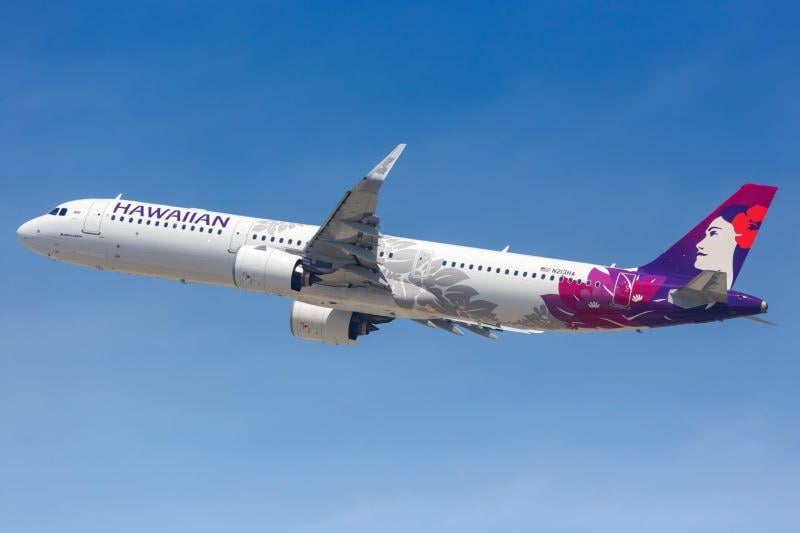
Credit: Markus Mainka / Alamy Stock Photo
Hawaiian Airlines faces the prospect of more disruptions to its plans due to further Airbus A321neo engine problems and another delivery delay for its first Boeing 787. The carrier is one of many that have been forced to ground some of their A321neos due to long-term servicing backlogs for Pratt &...
Subscription Required
Hawaiian Groundings May Be Extended By Latest Engine Issue is published in Aviation Daily, an Aviation Week Intelligence Network (AWIN) Market Briefing and is included with your AWIN membership.
Already a member of AWIN or subscribe to Aviation Daily through your company? Login with your existing email and password
Not a member? Learn how to access the market intelligence and data you need to stay abreast of what's happening in the air transport community.





